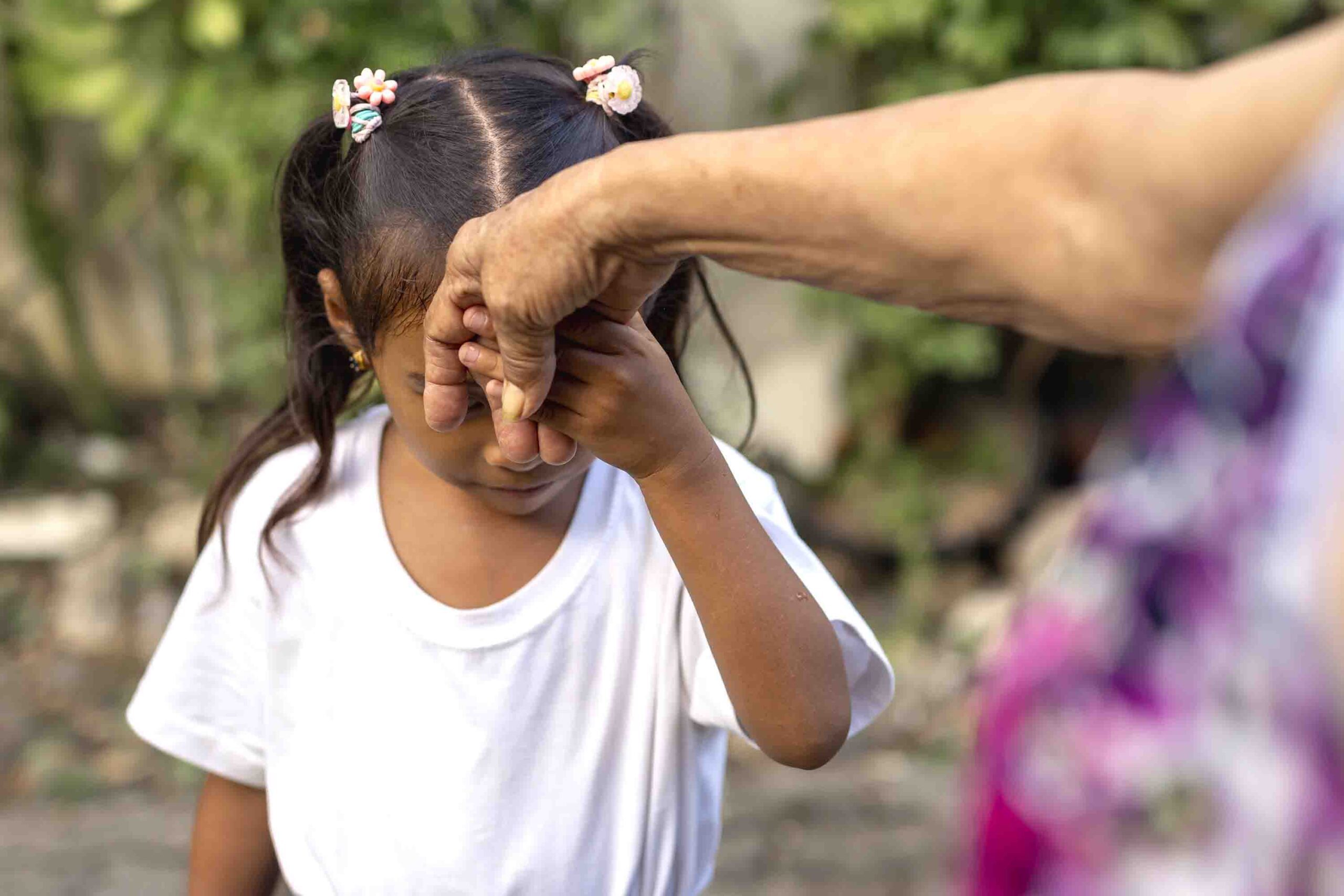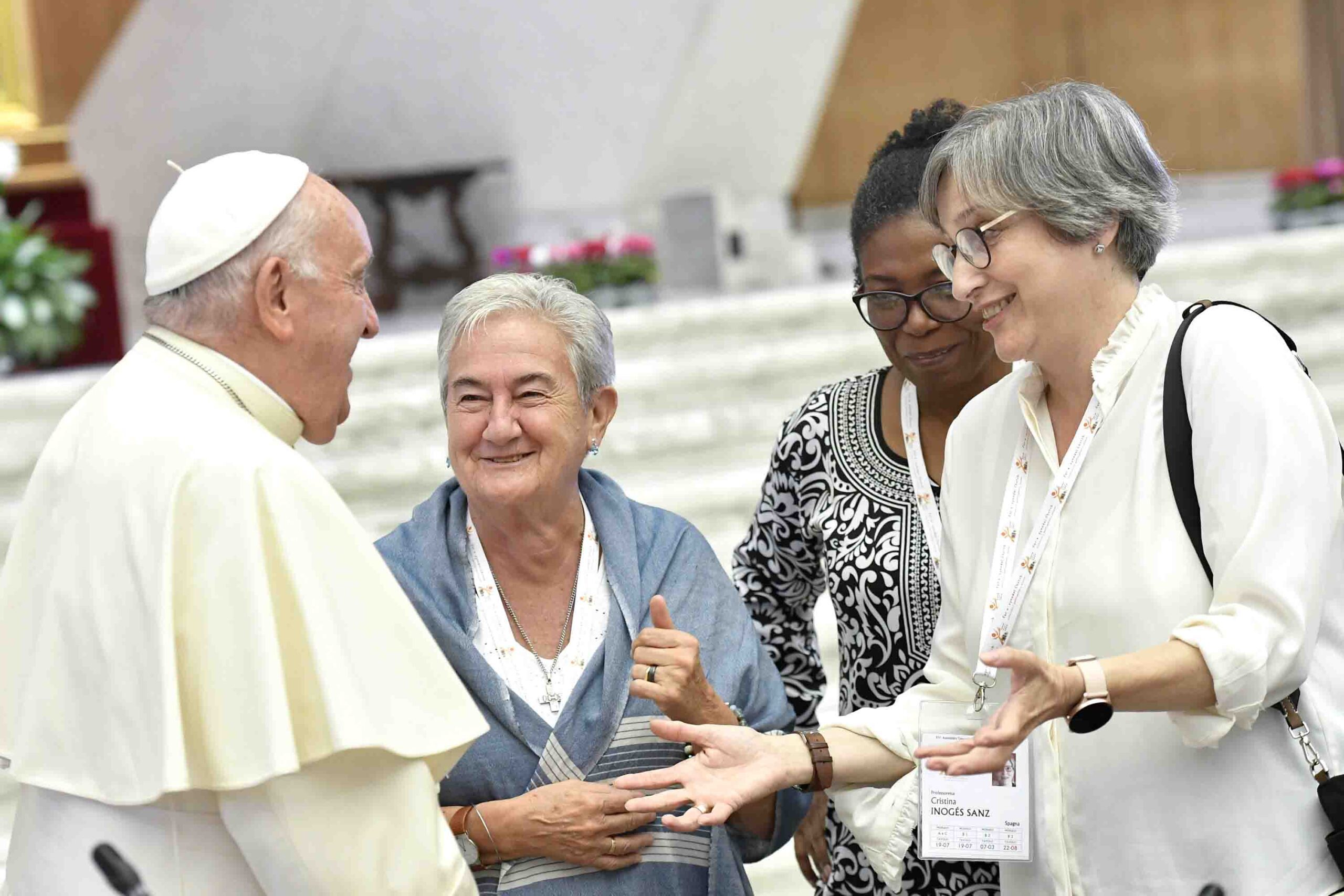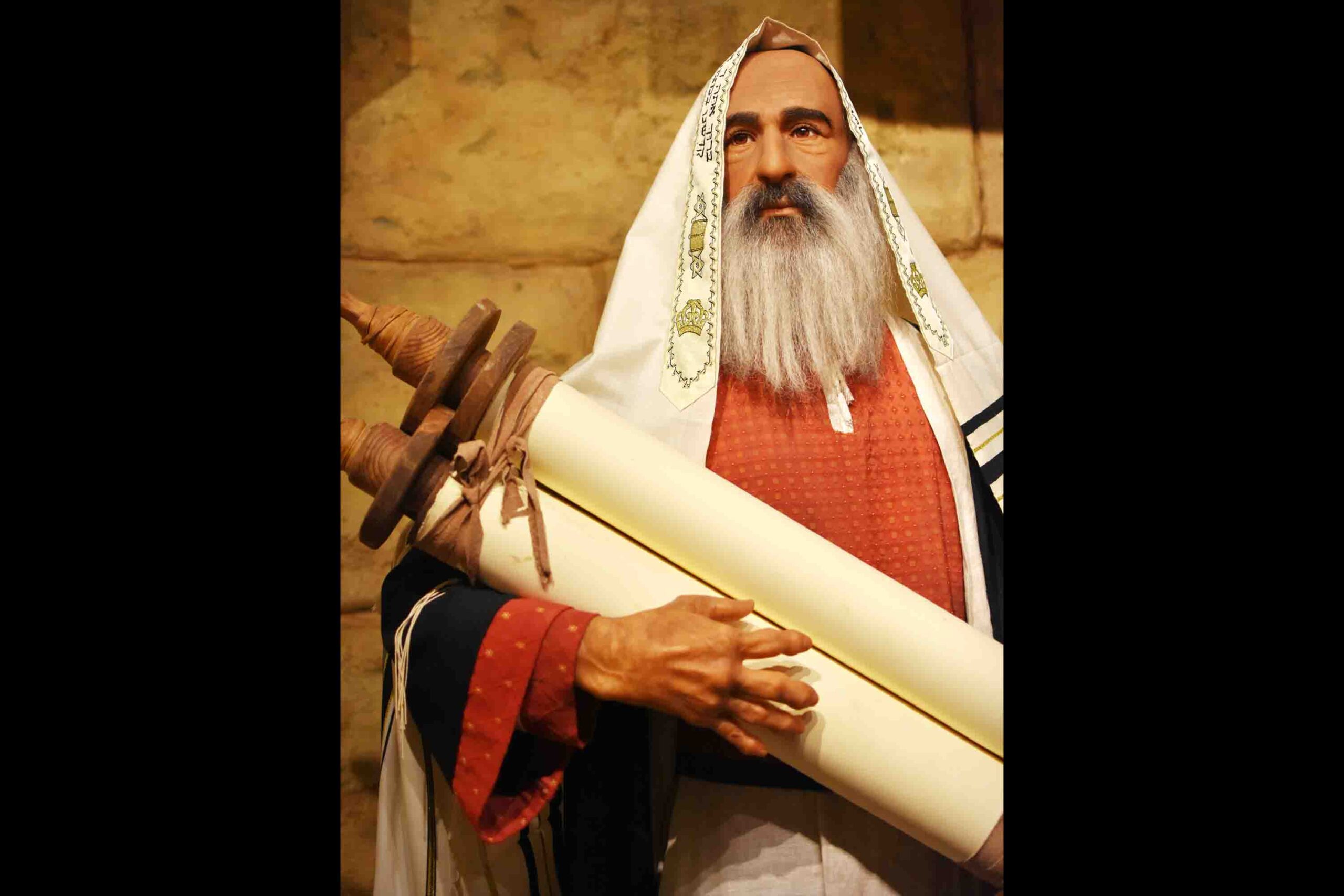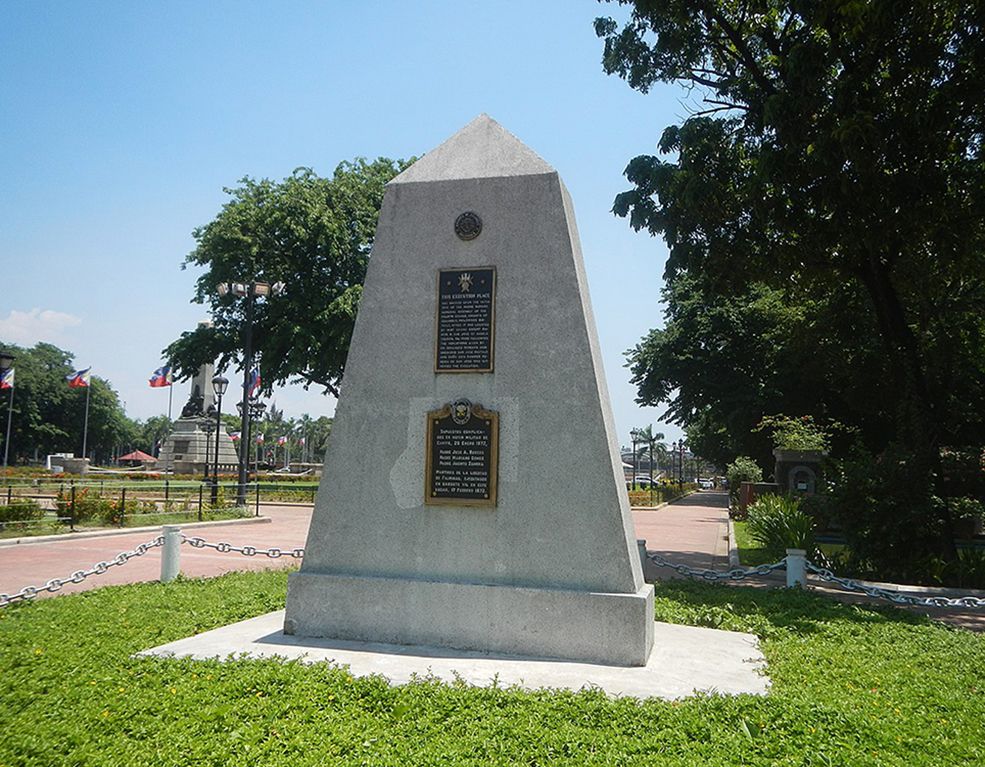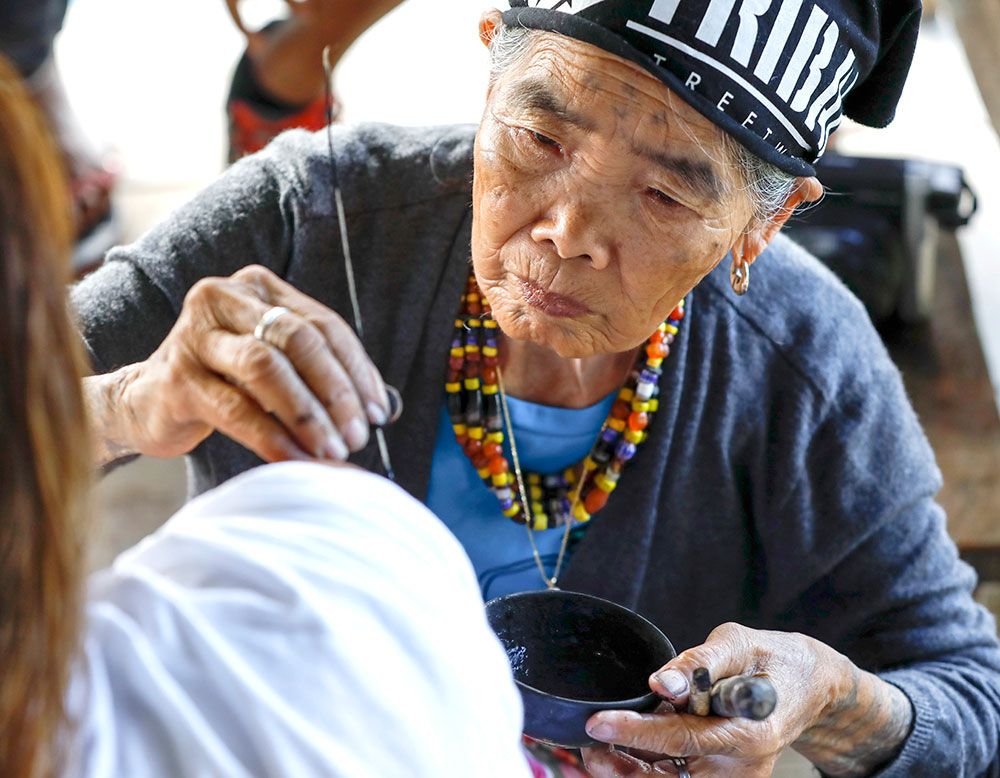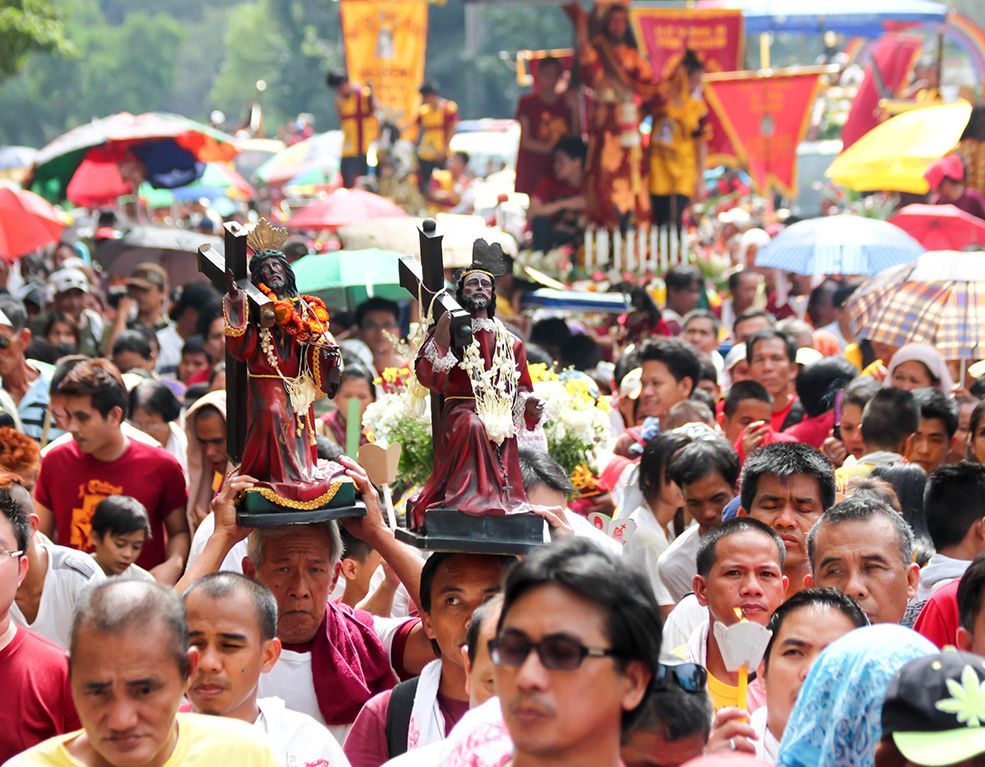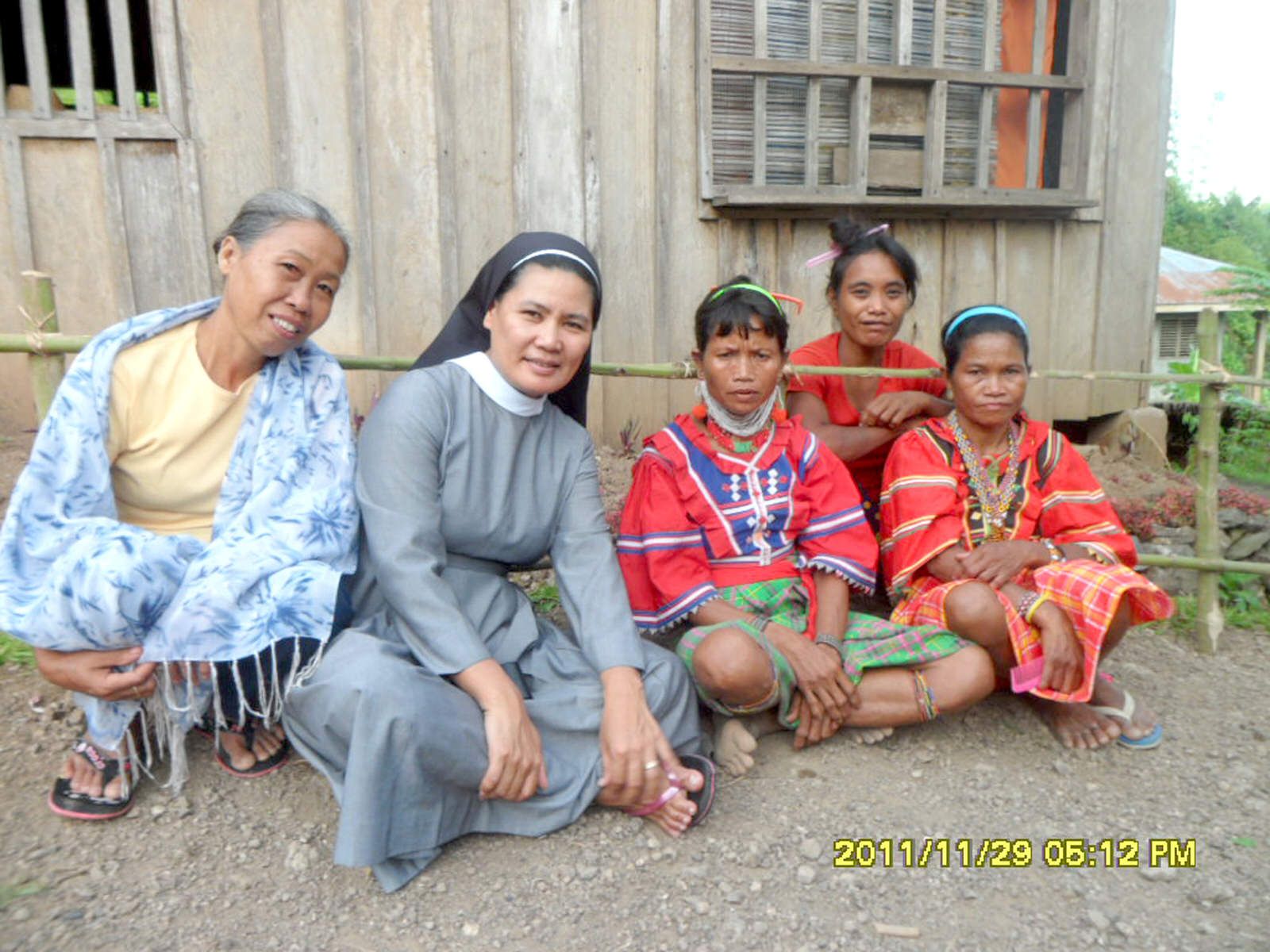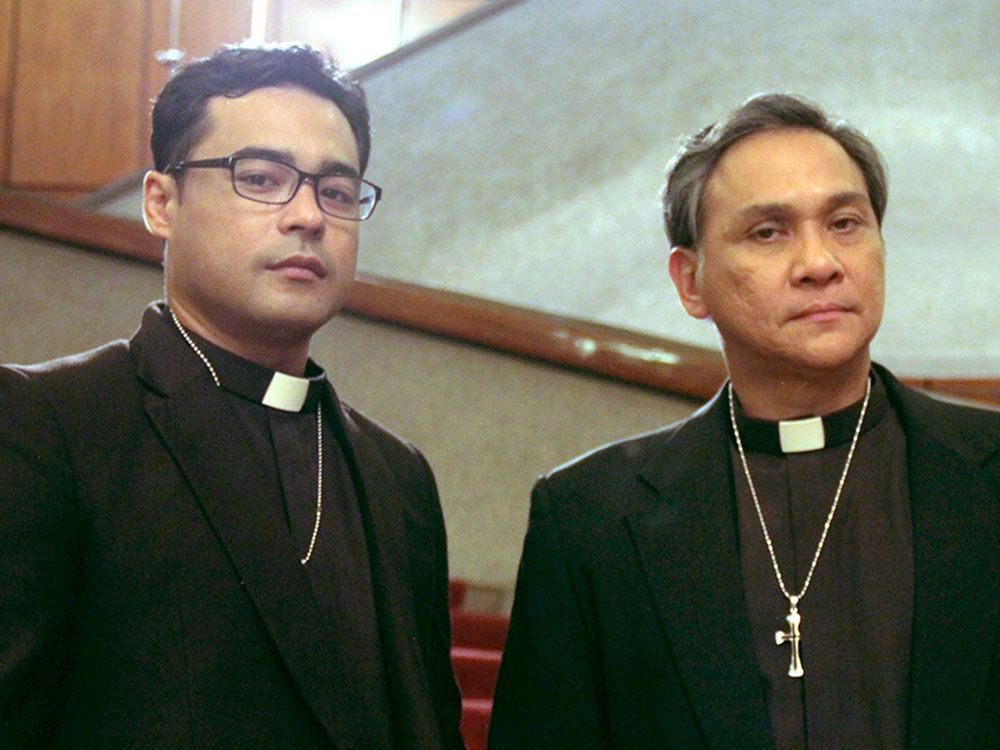Mano po is done by taking the hand of the older person and placing it on one’s forehead. To explain the importance of mano po, Tita Cora, one of the senior citizens residing in Villa Mendoza subdivision in Parañaque shared with us a personal experience.
She took her four-year-old nephew to a restaurant for lunch some years ago. Near their table, an elderly couple was eating. When the father of her nephew came in, the nephew, without any prodding, alighted from his seat, met his father, and took his hand and put it on his forehead.
“Without saying a word, the gesture meant he was greeting his father respectfully,” said Tita Cora. The elderly couple were looking at the four-year-old boy with delight, and when they saw what he did, the lady addressed Tita Cora: “How good is your kid! Obviously, he has been raised well. We seldom see such an act of respect, especially in a public place.” “Who would not feel proud of that little boy at that moment? A small, good act becomes a big deal when rarely seen. Mano po is one of them” concluded Tita Cora.
MANO PO A FILIPINO THING
This experience shows how important the gesture mano po is in Filipino culture. In an interview with The Voice of Vietnam (VOV) World, Emmanuel Abalos, a broadcaster from the Kapisanan ng mga Brodkaster ng Pilipinas (KBP), said, “No other cultures in Asia, in Europe or even in America, perform such a gesture of giving a sign of respect by using mano or pagmamano.” For Emmanuel A., the gesture mano po is performed by a young person to an older relative upon entry to their home or upon seeing them. It is perceived rude if a young person, upon entering a house, does not perform the gesture mano po.
BEYOND A MERE PHYSICAL GESTURE
Mano po symbolizes the acknowledgment of wisdom and experience that come with age. It fosters a sense of connection between generations and reinforces the importance of family bonds.
Mano po is often practiced during occasions such as family gatherings and celebrations. “One will commonly see children doing the gesture at Christmastime but, unfortunately, for another reason: they want to remind their godparents and other older members of their family and neighborhood of their gifts for them,” said Tita Cora.
The same remark was made by Cielito F. Habito in his columns Mano po and other treasures written for Philippine Daily Inquirer (December 26, 2017). According to Cielito, mano po “finds wide use during Christmas, when children go on the annual ritual of visiting their ninong/ninang (godfather/mother) to ask for their blessing but also to ask for an aguinaldo or Christmas gift, usually given in the form cash.”
Nevertheless, the practice of mano po means that the Filipino moral values are still active and alive. Mano po is the basic cultural identity of a Filipino. According to Tita Cora, in the past generations the words mano po are said aloud to accompany the gesture. Younger generations seldom say them now. This might be due to the influence of other cultures. For Tita Cora, “people of other cultures take the mano po gesture either positively or negatively. Many say it is a good visible sign of respect and should be kept alive.
But some, those who are overly-health-conscious express apprehension due to the physical contact involved.” The good news is that families still teach their children to do the mano po. In fact, in most families, even when the baby is less than a year old and still cannot hold anything, it is the older ones who put their hand on the forehead of the baby and say mano po. The mano po gesture is done in that way by people so that the child will get used to the gesture. And it is common to see in Filipino society kids performing this gesture in their early age.
MANO PO AS GOD’S BLESSING
Another interesting aspect of mano po gesture is that it is not only an act of respect. “Mano po is also asking for God’s blessing through a person older than the one doing the gesture. That is why the response to mano po is God bless you! Mano po is not done to any person younger than oneself. An exception to the rule is to a priest, either young or old, as he is believed to be a representative of Jesus Christ,” said Tita Cora.
Through that gesture, Filipinos believe that one receives God’s blessing through an older person. This is similar to what was happening in the early beginning of the Church where leaders of communities were elderly people. How beautiful it is to see young ones asking and receiving blessings from the elderly.
The practice of mano po in the Philippines remains a timeless and cherished tradition. It is a testament to the enduring values of respect, humility, and familial ties in Filipino culture. It reflects the depth of Filipino social norms and the enduring importance of cultural heritage in shaping the identity of the nation.

